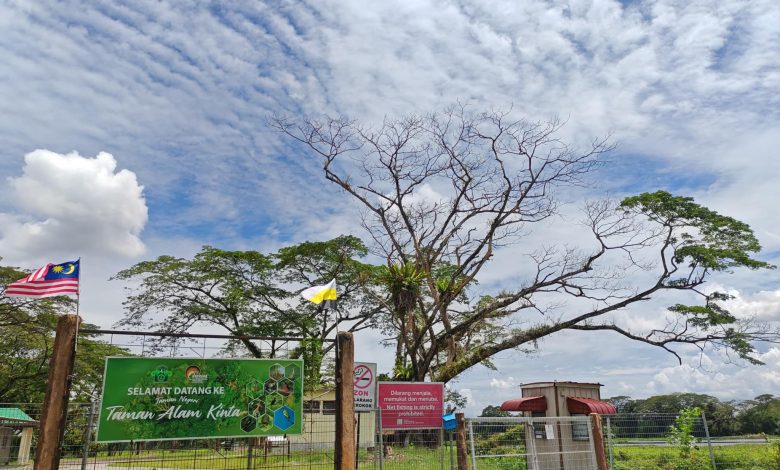

By Aida Aziz
KAMPAR: Kinta Nature Park, located in the Teja sub-district, was once synonymous with being a ‘bird paradise’ for nature enthusiasts.
Its beauty is undeniable, as it is the third state park after Royal Belum and Pulau Sembilan.
But recent visits reveal a different story, as the atmosphere is somber and birds that used to break the silence are now rarely seen.
Sources indicate that the park’s visitors, particularly those who are professionals in the field, are few and far between.
This might be due to a lack of attractions or fewer birds visiting compared to previous years.
In contrast to the vibrant activity when it first opened around 2017, with many visitors from both within and outside the country eager to explore its offerings, the park has since lost some of its charm.
However, it remains a preferred location for green-themed photo shoots, especially for weddings and graduations.
It is also understood that the presence of a nearby landfill has caused birds to migrate there in search of food.
Previously, birds foraged in the nearby lake, but their numbers have now dwindled.
Additionally, issues such as water and electricity supply are challenges for the park.Currently, it relies entirely on a generator for electricity and the lake for water supply.
Basic amenities are crucial for maintaining the park and providing comfort for visitors.
Moreover, the 6-kilometre access road, which is unpaved and filled with potholes, discourages many from returning.
There are actually two access routes: one from Batu Gajah and another near Kota Bharu, Gopeng.
However, navigation apps typically direct users through the unpaved road, while the route from Gopeng is better maintained and less damaged.
It may be time for the responsible parties to upgrade the unpaved road for the comfort of visitors.
For context, the park is a government-designated area managed by the Perak State Park Corporation.
Spanning 395.56 hectares, 60 percent of which comprises lakes and small islands, the park’s unique topography and flora have historically attracted various bird species, especially water birds.
The remnants of old mines have created a new ecosystem with aquatic plants such as lotus, water hyacinth, and water fern.


